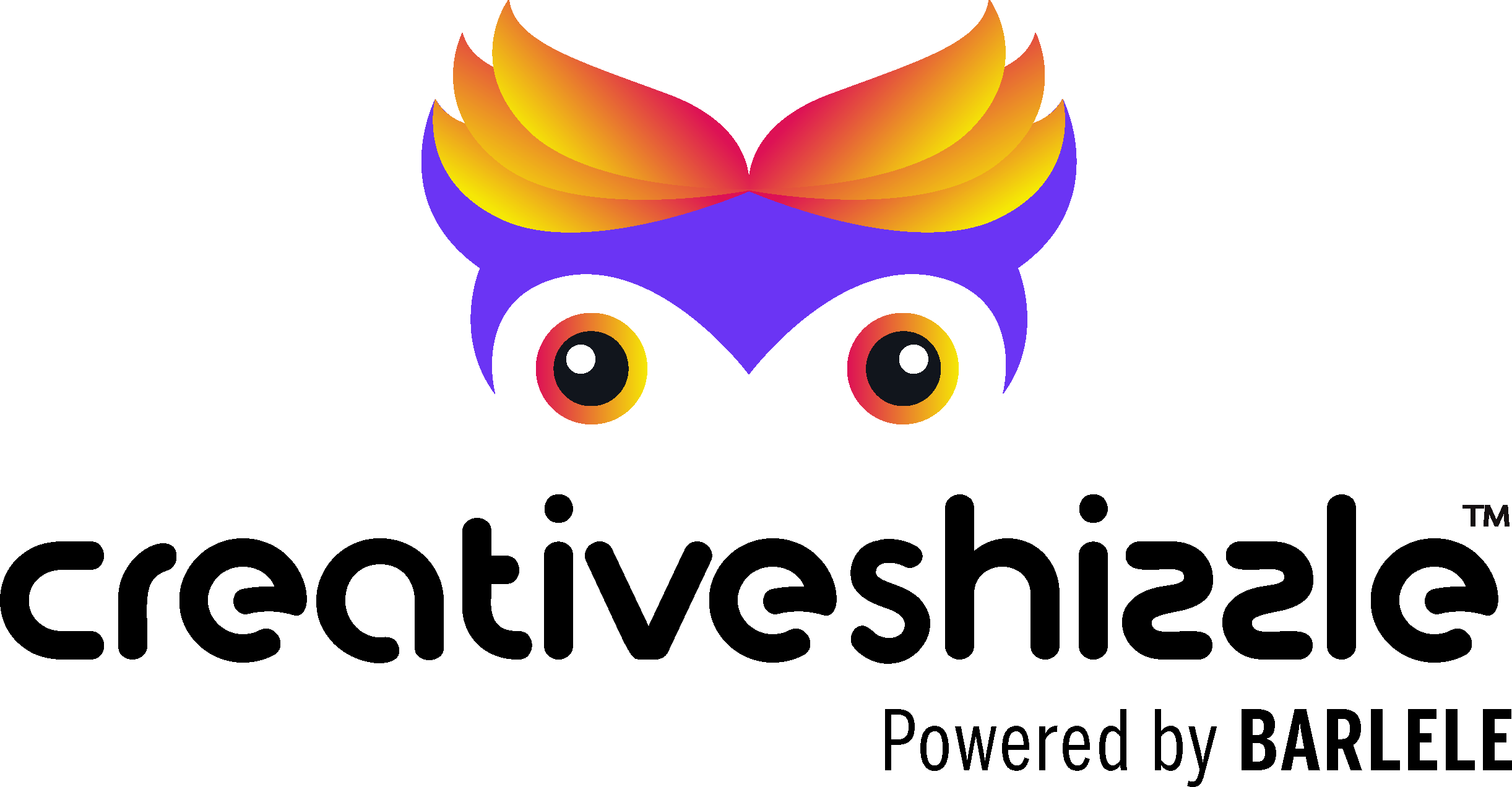In the multifaceted realm of design, it’s quite common for us to be captivated by the visual beauty — the striking color palettes, the elegant typography, and the harmonious layout that catches our eyes. These aesthetic elements can indeed transform a simple design into a memorable masterpiece. Yet, at its very core, design is more than just a treat for the eyes. It embodies function, it embodies inclusivity, and, importantly, it embodies accessibility. It is an understated, yet powerful, emissary of your brand that engages in a dialogue with your audience, silently but significantly.
Design that is inclusive and accessible breaks down barriers and builds bridges between your brand and your audience. It ensures that no one is left behind or excluded from the experience that your brand offers, transcending boundaries that range from physical and cognitive abilities to diverse languages and cultural backgrounds. When we say ‘inclusive’, it denotes that the design should embrace the full spectrum of human diversity. And ‘accessibility’ ensures that the design is user-friendly and intuitive to all, including those who navigate their world differently due to disabilities.
Weaving inclusivity and accessibility into the fabric of your design not only fulfills a social responsibility but also forms an essential element of modern branding. It’s not an optional add-on or an afterthought but an integral part of the design process that starts from the drawing board itself. It’s a strategic approach to creating a design that respects diversity, celebrates differences, and cherishes individuality. This forms the cornerstone of creating a universal design that resonates with a broad and diverse audience, opening untapped markets and opportunities.
When the principles of accessibility are woven into your design strategy, it ensures that your brand is not just visually appealing but also resonates with people from all walks of life. It creates a path for individuals with disabilities to interact, engage, and connect with your brand without hindrances. The essence of accessible design is empathy – it’s about stepping into the shoes of your audience, understanding their unique challenges, and crafting a design that is comfortable and intuitive to them.
Inclusivity and accessibility in design are not merely about increasing your user base or complying with legal standards. They’re about acknowledging and respecting human diversity, about making every individual feel valued and included. It’s about sending out a message loud and clear that your brand stands for equality and respect for all. In doing so, you create a brand that people can relate to, trust, and remain loyal to.
How can you make your brand more accessible and inclusive?
- Understand Your Audience: The first step is to understand your audience. You need to know their needs and experiences. This is more than just knowing who they are. It’s about understanding their problems and needs, their lives, and how they see things. Look at your design from their point of view. This could mean talking with your users, doing surveys, or testing your designs to see where users might have problems. Understanding your audience helps you make designs that solve their problems and make your brand more friendly.
- Make Visuals Work for Everyone: The visuals in your design are important for making it accessible. Start by choosing colors that everyone, including color-blind users, can tell apart. Use fonts that are easy to read and make sure there is enough contrast between the text and the background so everyone can read it easily. There are online tools to help you test this.
- Make Navigation Easy: Whether it’s a website or an app, it should be easy for users to find what they’re looking for. Keep the structure simple and logical. Make links clear and easy to identify. If your users use screen readers or navigate with the keyboard, make sure your content is organized logically and everything can be used with a keyboard.
- Keep Content Clear and Simple: Your content should be easy for everyone to understand, no matter how well they read or what their first language is. Keep your language simple and clear. If you have to use complex words, explain them. Consider how readable your content is, keeping sentences and paragraphs short. For users who speak other languages, consider offering your content in other languages or providing translation options.
- Test and Improve: After you’ve done these steps, you need to test your design for accessibility. There are tools like WAVE or Google Lighthouse that can check your website or app for accessibility. These tools can help you see where you need to improve. You can also use the Web Content Accessibility Guidelines (WCAG) to help make your design accessible. But most importantly, ask your users what they think, both users with and without disabilities. Their feedback can help you make your design better. Remember, accessibility is not a one-time thing. It’s a journey that requires you to keep checking, improving, and updating to meet your users’ changing needs.
Indeed, the essence of effective design is to communicate and resonate with as wide an audience as possible. This means creating designs that are not just visually striking, but also inclusive and accessible to all. The pursuit of an inclusive and accessible design is not just an added advantage; it’s an essential part of successful branding in today’s diverse world.
Creating a brand that embraces all people—regardless of their abilities, languages, or cultural backgrounds—is not just a nod towards inclusivity, it’s a requirement. By ensuring your brand’s accessibility and inclusivity, you’re demonstrating an understanding and respect for all individuals. You are broadening the reach of your brand, fostering deeper connections with a more diverse audience, and enhancing user experience across the board.
However, the journey towards achieving inclusive and accessible design doesn’t end with a few initial changes—it’s an ongoing process. As technology continues to evolve and diversify, so must our designs. It’s crucial to continually test, evaluate, and improve your designs, ensuring they remain accessible and inclusive for everyone, no matter how the world changes.
Remember, feedback is a gift. Make use of tools to test your designs, but also engage with your users—both those with and without disabilities. Their insights will provide a firsthand perspective, which is invaluable in refining your design to better meet their needs.
Creating an inclusive and accessible brand is about more than just compliance—it’s about representing and acknowledging the diverse world we live in. It sends a powerful message that your brand stands for equality, respect, and inclusivity. It shows that you value all people, regardless of their circumstances.
Embarking on the path of accessibility and inclusivity in design is not only a journey of personal and brand growth but a journey of creating a more inclusive world. As designers and creators, we have a significant role to play in shaping the world’s digital landscape. Let’s ensure that we create a world that is not only beautiful and functional but also, most importantly, inclusive and accessible to all. After all, good design is about creating for everyone—because everyone matters.







